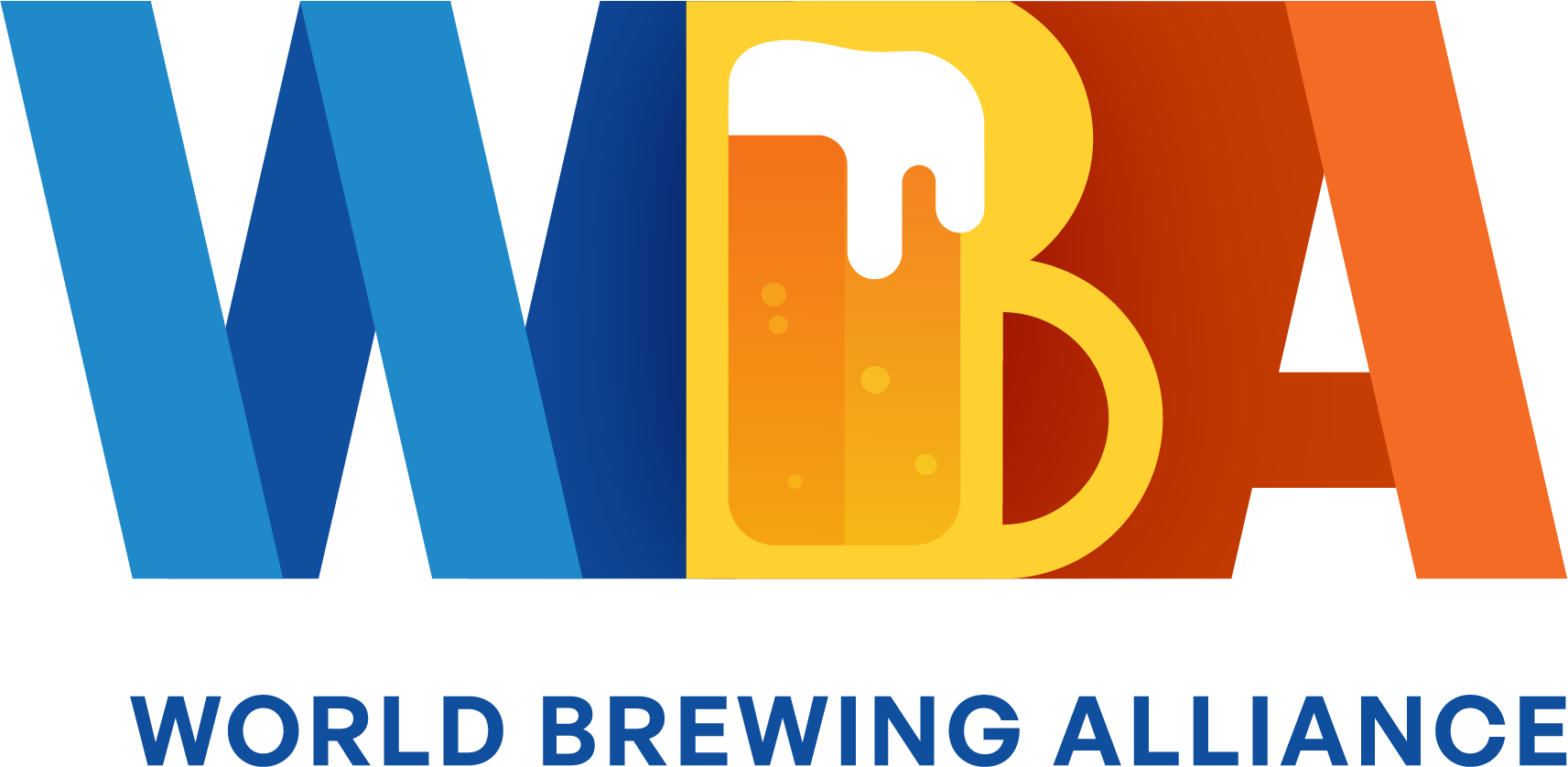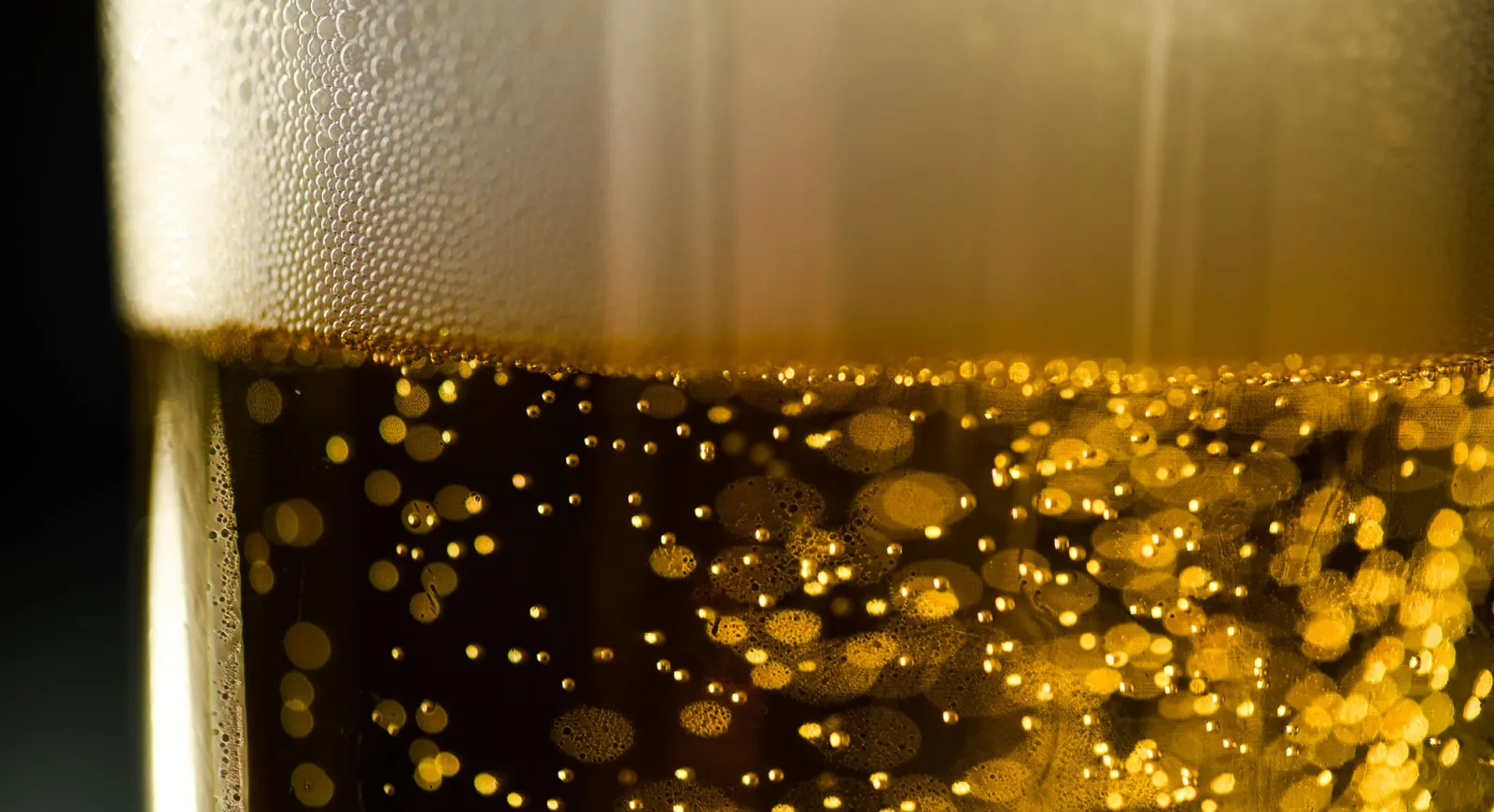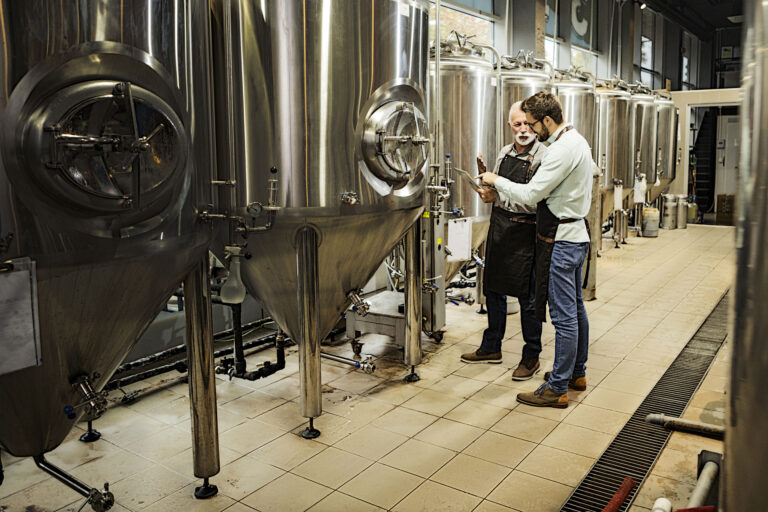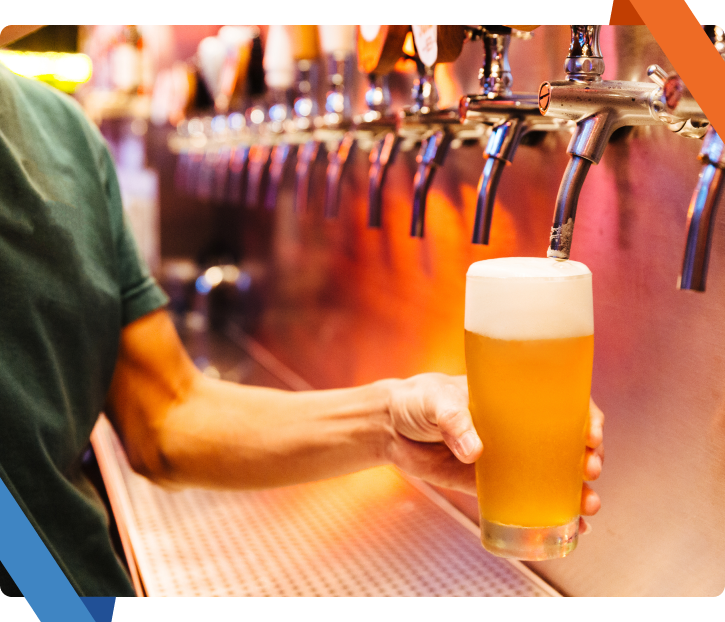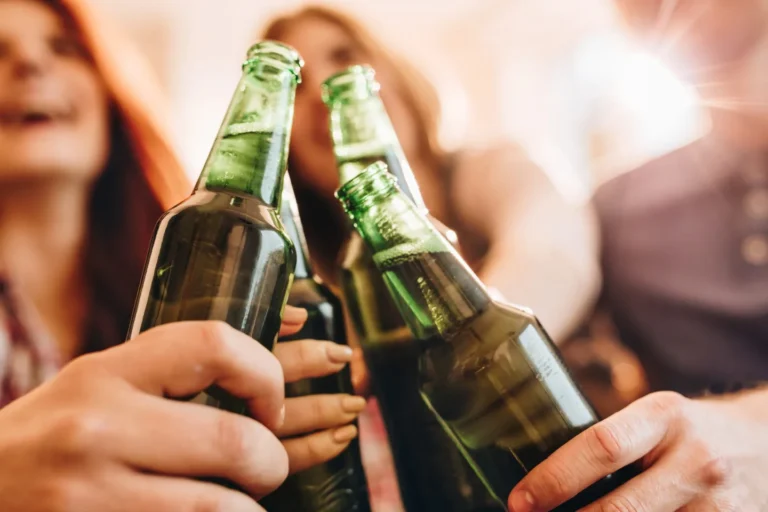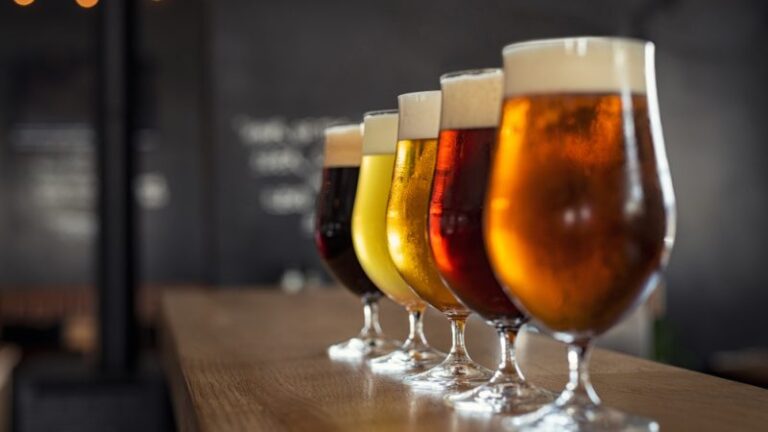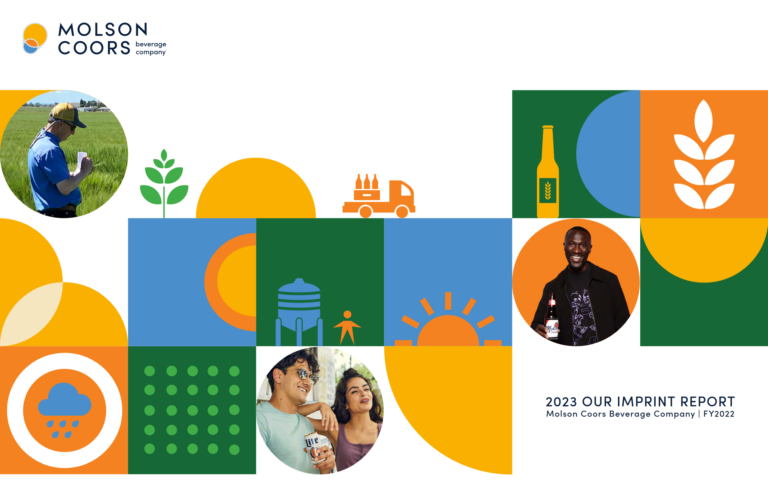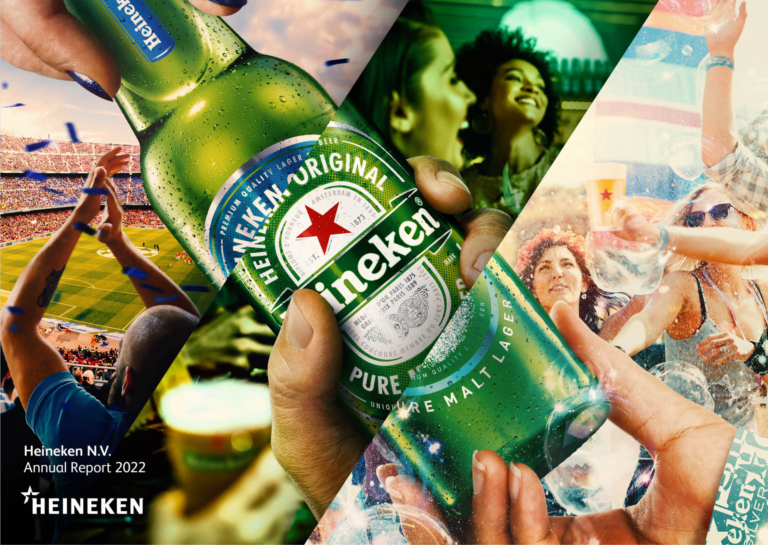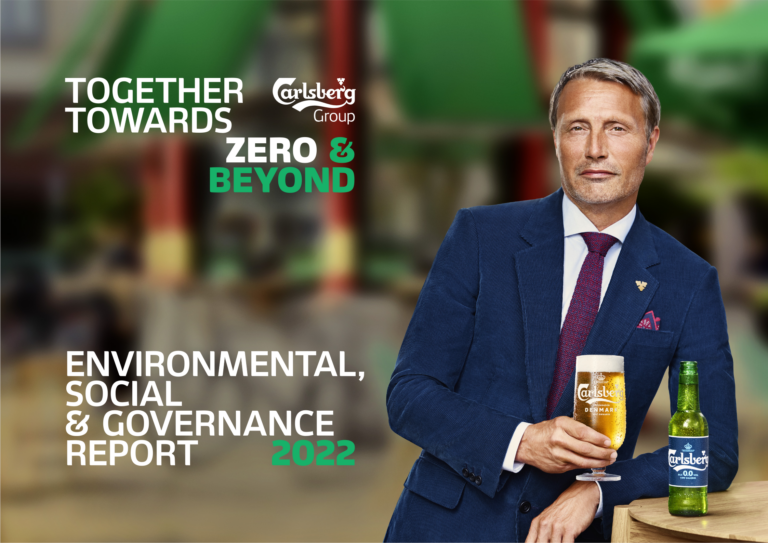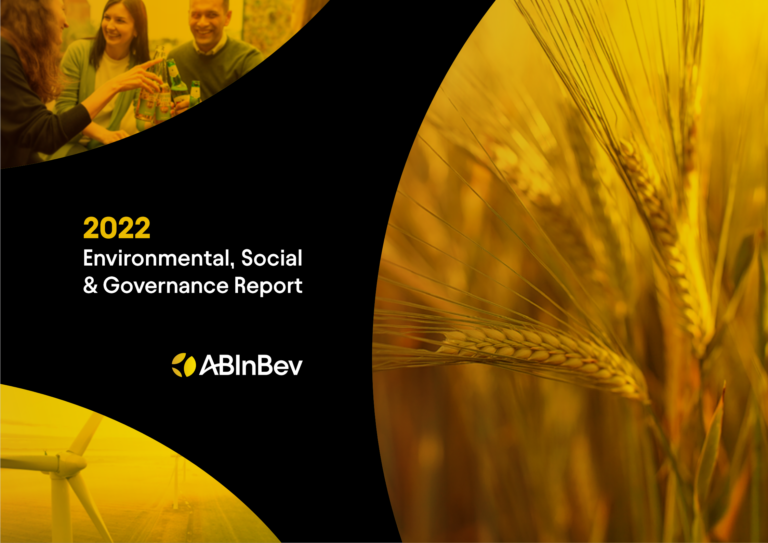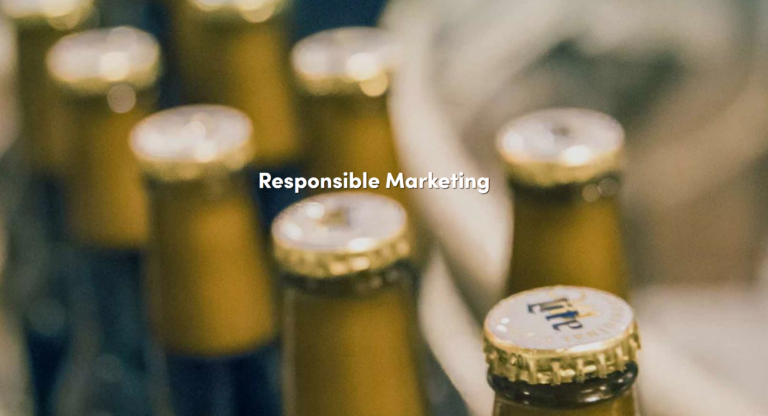“With expanding lower- and no-alcohol options, beer makes drinking occasions more inclusive because people can continue to enjoy the custom of sharing a beer, with or without alcohol,” Kissinger says.
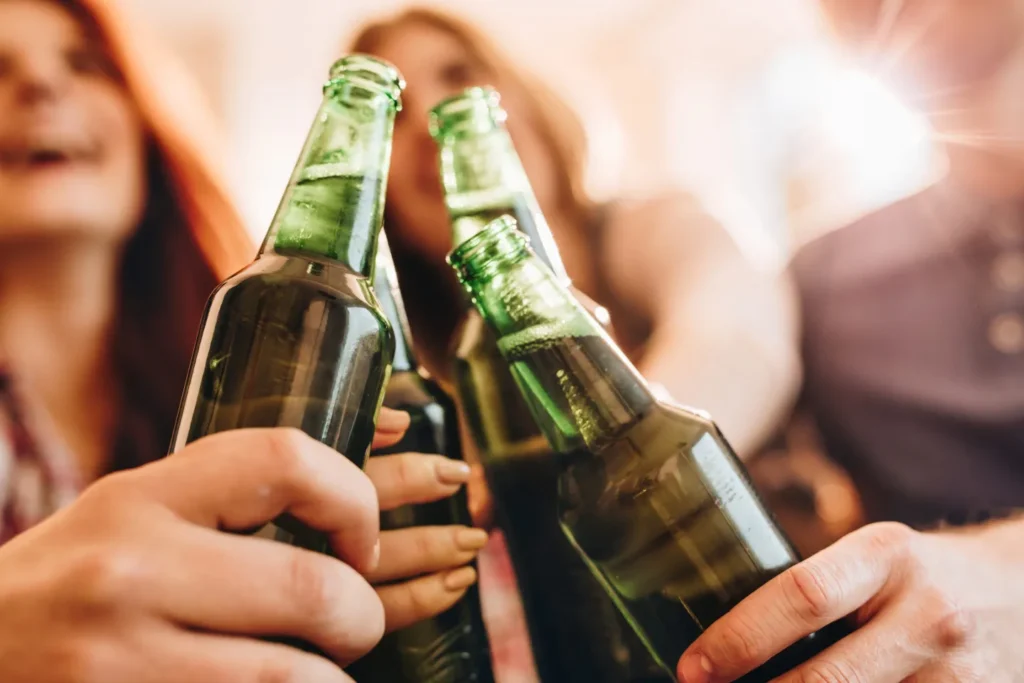
Dry or Damp, January is Nearly Over–But the Damp Lifestyles is Here to Stay
Moderation is in vogue, and there’s more than one way for brands to take advantage of that.
Jan 30, 2024
Dry January, the tradition of eliminating alcohol from one’s diet during the first month after holiday indulgences subside, has gone a bit flat this year.
Taking its place is a new philosophy around cutting back. “Damp January,” is an effort to drink less, but not give up alcohol entirely–whether that be limiting drinking nights to weekends, or one glass instead of two at happy hour. And many consumers have decided to continue their moderate drinking into the rest of the year.
A third of drinkers in a survey for Morning Consult, a research company, said they had heard of damp drinking in May 2023, and over half said they are “very interested” in trying it. In a survey by Sunnyside, a mindful drinking platform, 68 percent of 25,0000 respondents said they participated in a Damp January effort in 2023, and 92 percent said they would continue reduced consumption into February and future months. That trend will likely continue into 2024. According to research by Nielson subsidiary NC Solutions, Americans are planning to reduce their alcohol consumption by about 40 percent this year.
This all points to the continued popularity of the “damp lifestyle” a term which started to trend on TikTok in 2022, picked up steam in 2023, and has prompted users to share advice, mocktail recipes, and benefits they noticed from drinking less year-round. The factors driving the damp lifestyle trend include the desire to save money, and to improve physical and mental health.
So what are consumers looking for to replace the buzz? And how should brands position themselves to meet a sober(ish) demand?
Expand Your Reach
President and CEO of international beer association World Brewing Alliance, Justin Kissinger, echoes that the low- and no-alcohol industry has been growing for years (more than 7 percent in 2022) and expects consumer interest to only expand more, globally. Businesses can do their best to offer options that follow suit. “With expanding lower- and no-alcohol options, beer makes drinking occasions more inclusive because people can continue to enjoy the custom of sharing a beer, with or without alcohol,” Kissinger says.
Just look at Los Angeles-based De Soi, which solely makes non-alcoholic apéretifs. Founder Scout Barrison says, “We don’t position our products exclusively for those who identify as sober. Instead, we’ve crafted our offerings to ensure everyone always has a premium option, aligning with their preferences whenever they choose to enjoy it,” Barrison says, regardless of what “being more conscious” looks like for customers. She adds that brands can capitalize on moments in January, (dry) July, and (sober) October when potential customers are focusing on moderation. She takes advantage of the month for marketing campaigns “as a way to encourage people to make small, time bound changes to their norm–whatever that may be.”
Make Healthy Choices, Easy Choices
Santa Barbara, California-based Juliet boxed wine quickly adjusts its marketing strategies to promote more moderate alcohol consumption. Co-founder Lauren De Niro Pipher says the brand is “well-poised” to support sober-ish trends–long or short-lived–because its packaging keeps wine fresh for over 4 weeks after opening, similar to standard brands. Yet, the brand leverages the fact in its marketing, calling out that better packaging allows people to enjoy smaller amounts of wine for a longer period of time. Part of its re-tooling for messaging, however, is to emphasize a “Drink Less, Drink Better” mindset by highlighting its existing products with zero sugar, lower calorie and artificial additive-free qualities of Juliet.
Lynnette Marrero agrees. The chief mixologist of the New York-based low-calorie cocktail brand Delola, which was founded by Jennifer Lopez, says she’s felt a sense of more mindful drinking movement growing from consumers, who seem to be evaluating and choosing healthier drinks. “More recently, it seems consumers are looking to make better choices all year so the term ‘damp’ has emerged as a way to enjoy a cocktail but in a more mindful way,” Marrero says, adding that the brand capitalizes on promoting “better-for-you cocktails” all year long. Worth noting– 34 percent of Gen Z consumer say they’re more likely to try a drink product when it aligns with a sober curious movement on social media, or when it’s marketed by celebrity influencers according to NC Solutions.
Focus on Quality Over Quantity
Whether you’re making products with alcohol or without, know that consumers might be willing to spend a little more for quality rather than quantity. All premium-plus price tiers in major beverage categories (spirits that cost more than $22.50 or wine that costs more than $10) grew in 2022 according to IWSR drinks market analysis company. Snipp ad agency also anticipates the premium beverage market to grow 13 percent globally in 2024.
Miami, Florida-based Filthy alcohol mixers noticed premium whiskey, vodka and tequila driving the volume of specialty drinks like margaritas, martinis, and old fashions, based on a 2023 Technomic report. So, it’s betting on quality over quantity in its marketing, by promoting “the details” ahead of its cocktail mixes, like its olive and cherry garnishes that are naturally fermented, and can go with those premium alcohols and specialty drinks. Founder Daniel Singer says the strategy resulted in 60 percent more sales in December 2023 (compared to 2022), and January 2024 is estimated to be 45 percent more from the year prior. “It seems that if people are deciding to drink, they are definitely trading UP to premium and natural,” Singer says.
